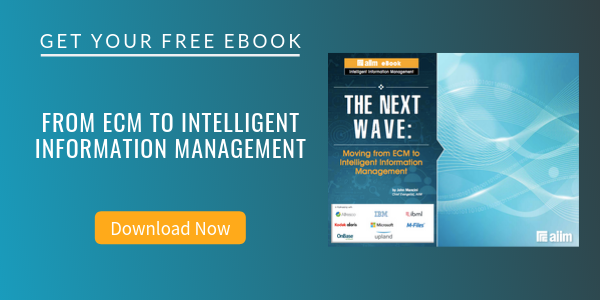
By: Jamie Grant on December 11th, 2018
The Connected, Inspired, Hands-on Project Sponsor – Leading the Digital Charge
Project Planning and Management
Following on from our previous article, where we identified how digital disruption is breeding new roles in the project and business landscape. We are now going to focus on the hands-on Digital Project Sponsor.
With digital disruption shaking up the corporate world, there are more and more initiatives, ideas, projects, and products being launched than ever before. App Annie reported in 2016 that more than 25 billion IOS apps were downloaded, and Android beat it with 90 billion downloads.
To say that companies need to be investing in software is an understatement. Look at Airbnb, Uber, Amazon, and Netflix. The fact that the top three richest people in the world are all in charge of technology-focused companies proves this point.
A project starts with an idea in someone’s head. That idea is then formulated, checked, reviewed, motivated, and finally initiated in the form of a mandate or business case. The business case is essential for the creation and maintenance of the viability of your project.
So, who is to lead the charge or create the business case? The traditional project sponsor.
Now while most people believe that to have a successful project, you need a great project manager, any seasoned project manager will tell you that if the reason for starting your project is not sound, you are off to an incredibly bad start. Not the experience of your team, nor the project manager’s vast skill set is going to persuade the stakeholders and the market that a successful product was built. So a strong project sponsor with a solid business case is vital.
If the project manager is the general manager of the project, the traditional project sponsor is the CEO. But what, in theory, does a project sponsor do? The PMBOK 6th edition states that some of the responsibilities of the project sponsor are that they are accountable for the development and maintenance of the project business case with a focus on the benefits.
In Prince2, it places even more responsibility on the sponsor, known as the Executive. The Executive holds the decision-making power on the project and is ultimately responsible for the success of the project.
In reality, the project sponsor is often totally disconnected from what the market wants and disconnected from their team. They are often more focused on what certain stakeholders, normally their immediate superiors, want and have the team focussed on requirements that will add little to no value to customers.
Forces from the Market Place
The market has responded with a resounding no to this type of leader. Corporates are wanting the sponsors of their large programs and projects, sometimes the very CEO themselves, to have their ears to the ground and their eyes on the horizon.
They want the owners to be driving aggressive value to the market place with just enough functionality to implement sales and wow customers. MVP (Minimum Viable Product), is the buzz word on a number of C-suite executives’ lips. But how is the MVP determined? How are project sponsors to know they are on the right track?
The answer is technology.
Technology is forcing companies, and project sponsors to change, to become connected to the market, and connect to their team. Technology is also providing them with the tools to do so. Advanced business intelligence, data lakes, and intelligent analytic solutions are providing companies with the information they need to gain superior insights into customer’s behaviors.
Online shopping, cloud-based platforms, social media, and search engines show the power of customer data and the advantages that this offers to companies.
Sponsors are analyzing user reviews and product returns all to get a better understanding of their customers. Project sponsors are now more than ever able to take ownership and the responsibility for the success of their projects.
Connected to their teams
As Agile has come and changed the way we develop and manage technology-based projects, it has also provided us with a new role. That of the product owner. The product owner not only epitomizes the characteristics we were looking for in our project sponsors but agile also ensures that the product owner is connected to their teams at all times.
Digital product backlogs found in Jira and TFS, articulate the key visionary values of the product owner and the status of their projects.
Product owners can meet with their teams virtually via electronic meeting rooms in Stride and Microsoft Teams to remain updated and keep their teams inspired.
Automated deployments allow the product owners to deploy and demo to their stakeholders every two weeks (some companies can do it weekly), and all the while, the product owner speaks on behalf of their project team and sometimes demos alongside them.
No longer are teams limited to one location. Virtual teams can have developers in Germany, designers in the UK, the sponsor in America, and the project manager in South Africa — the digital platforms keep them connected all the time.
Statista has projected that by 2021, the total app downloads will soar to 352 billion. As a project manager, I am excited about these new project sponsors that are emerging and the technology that is supporting them to deliver even more projects and products.
With these new product owners emerging, and the tech to support them, roll on the projects I say.
About Jamie Grant
Jamie is an IT & Website Administrator for Acuity Training (https://www.acuitytraining.co.uk/) - a UK-based company providing training on MS Project and project management.


